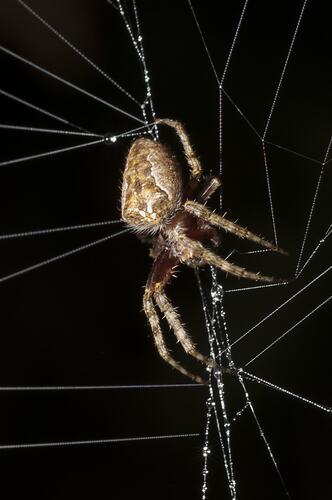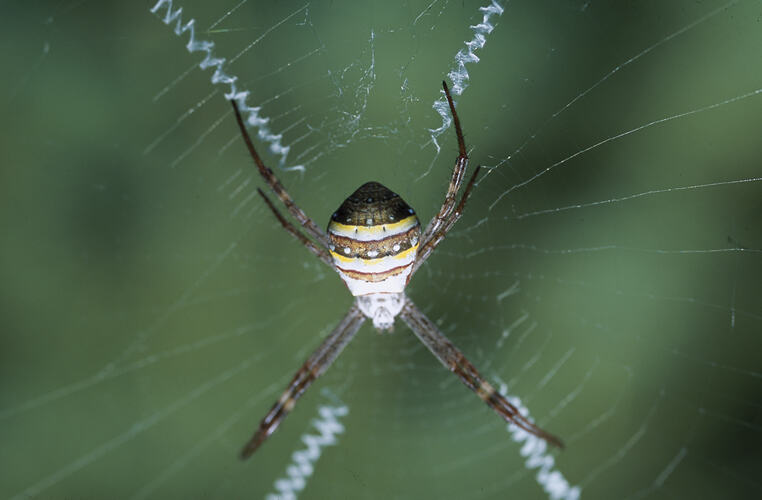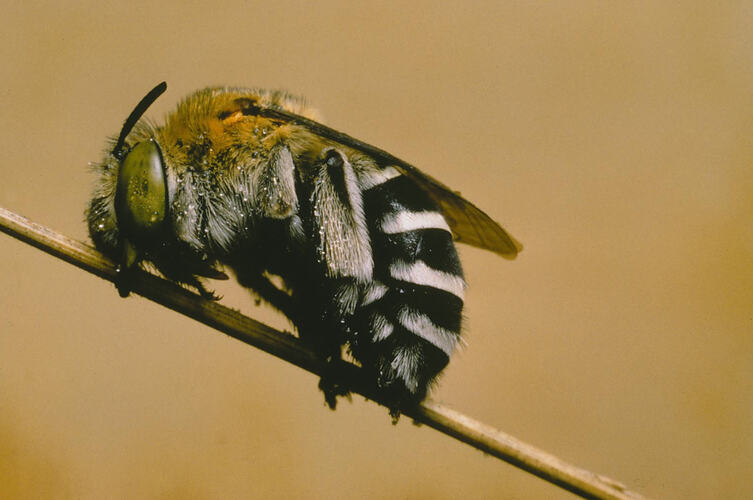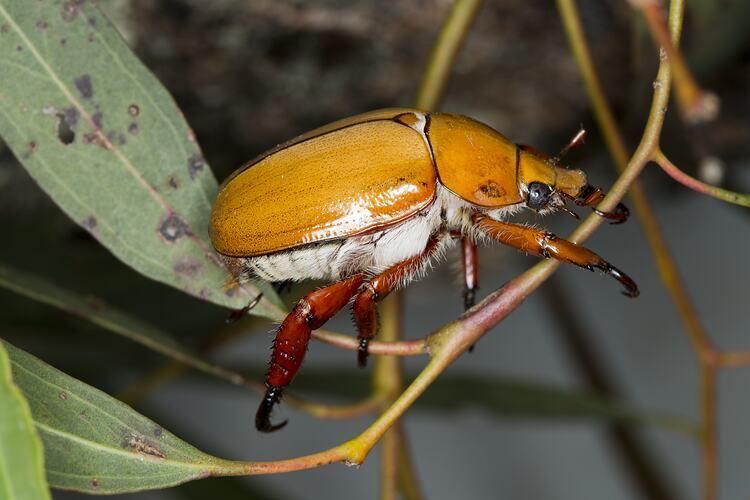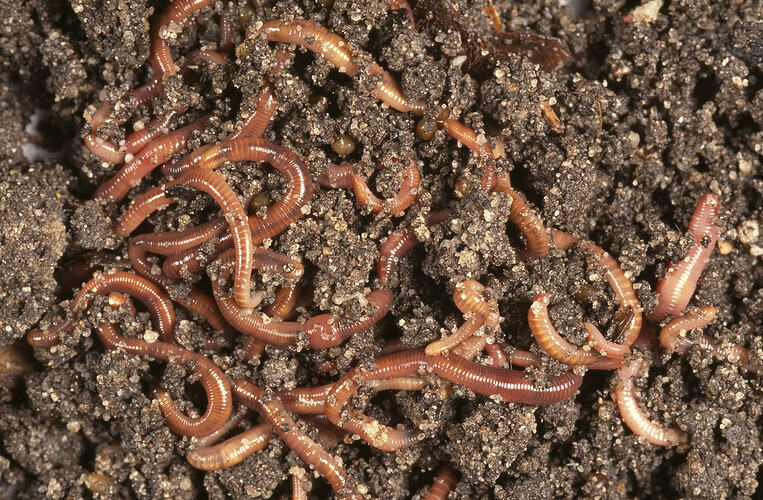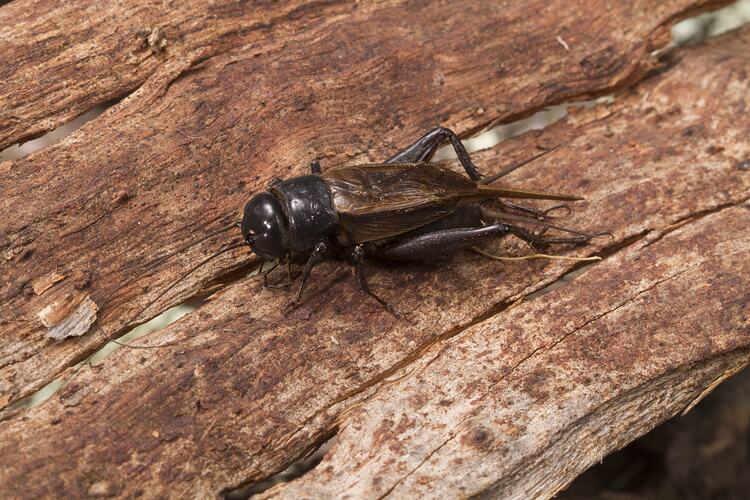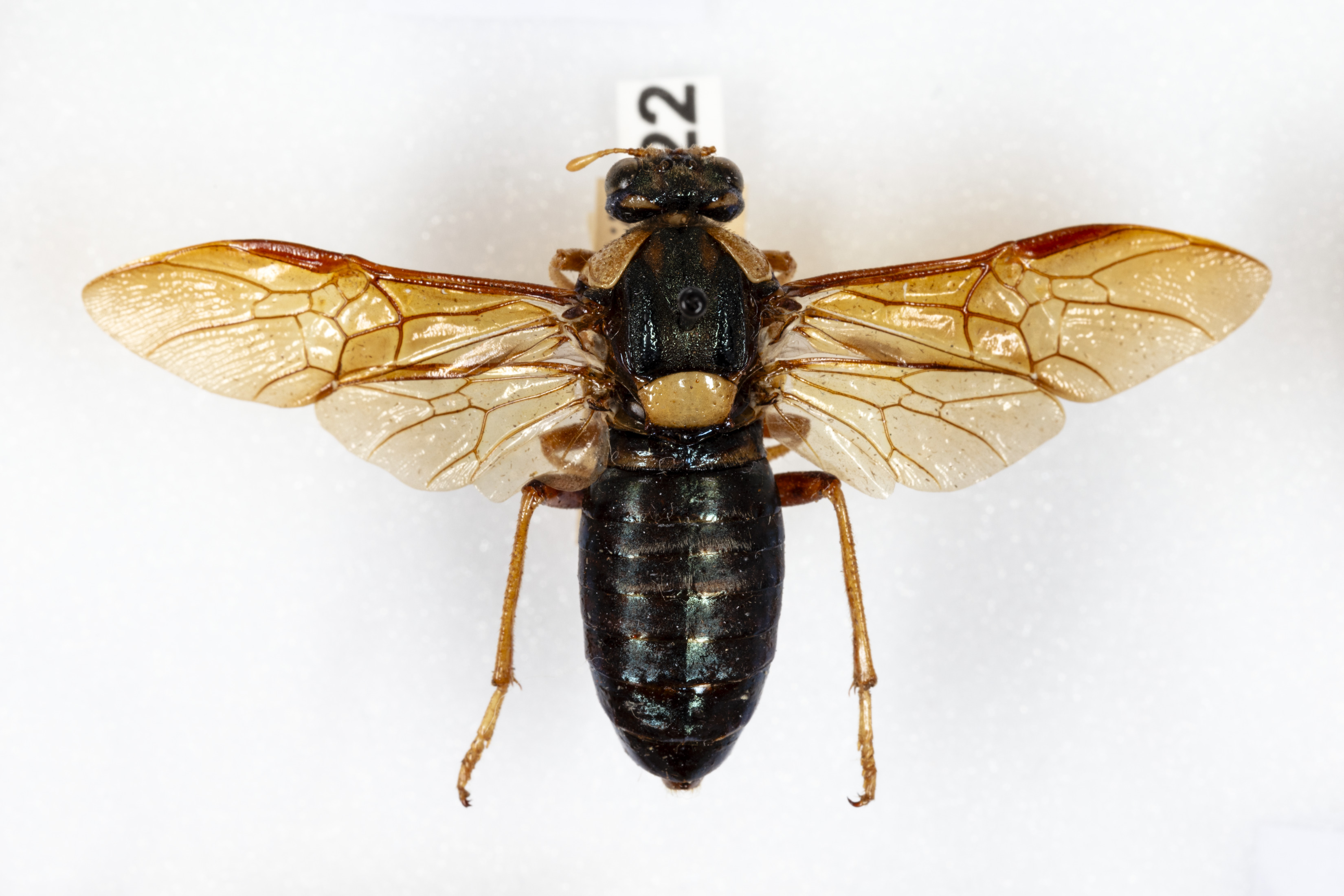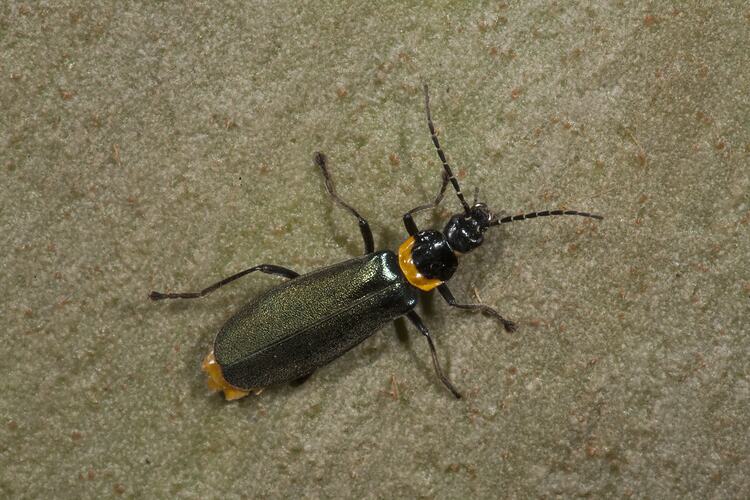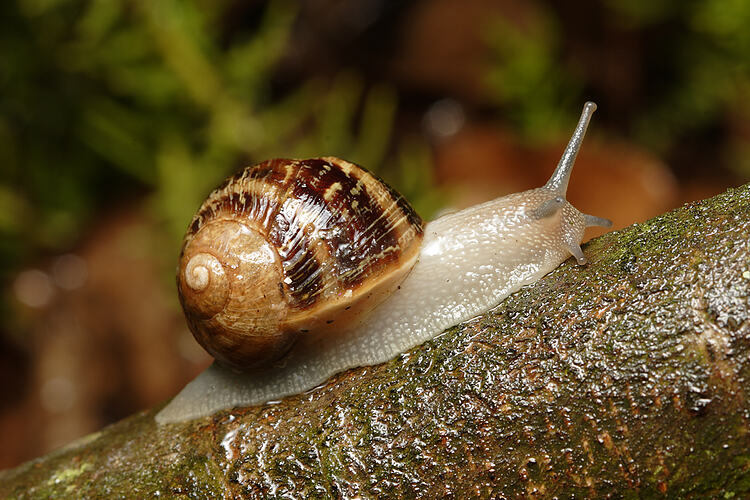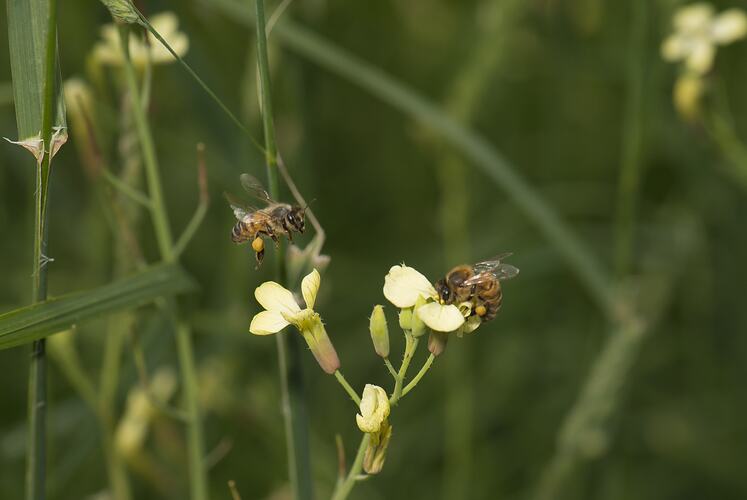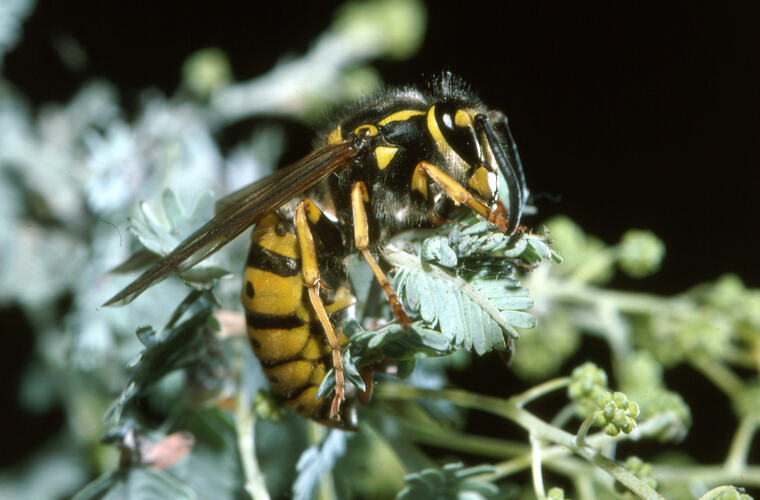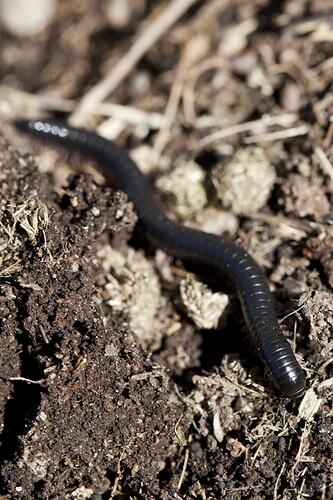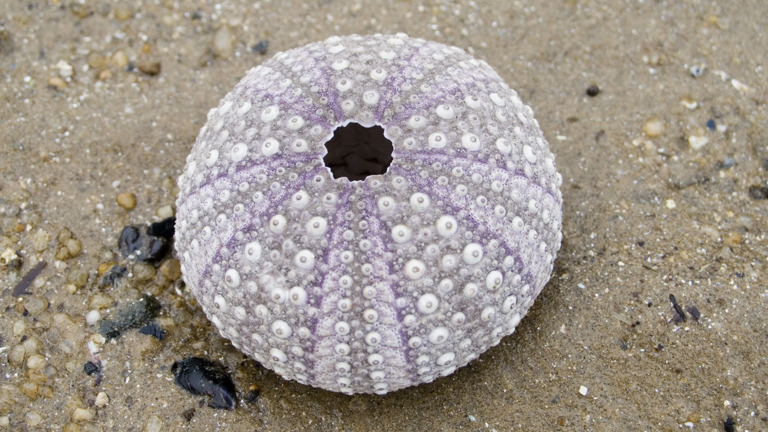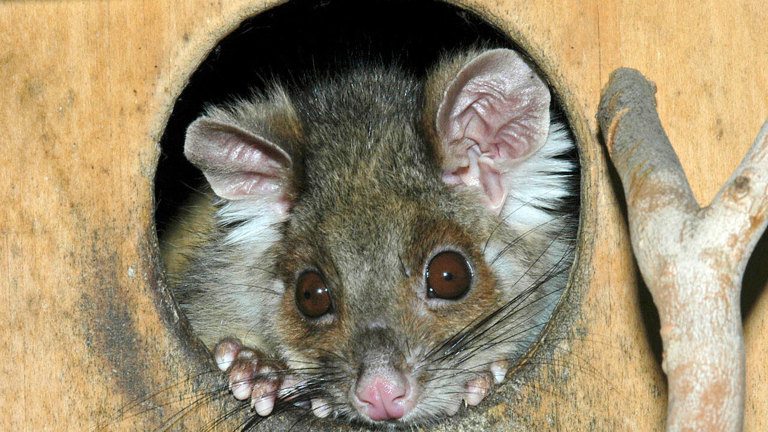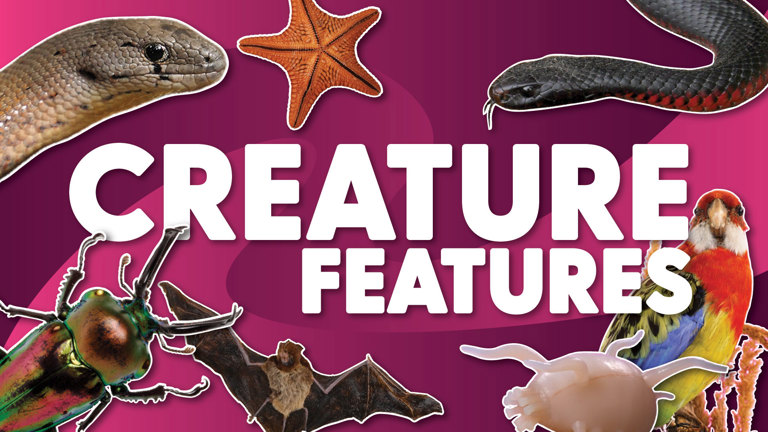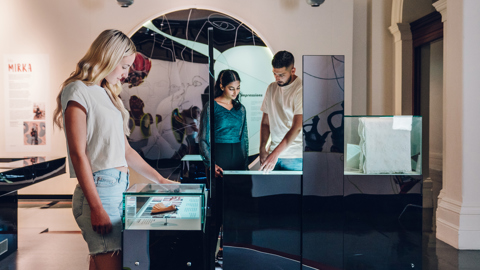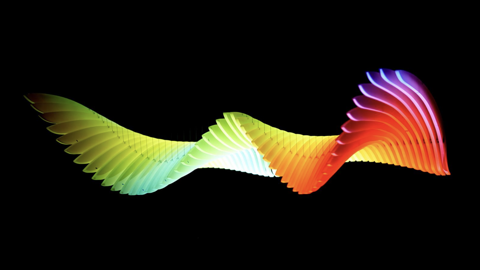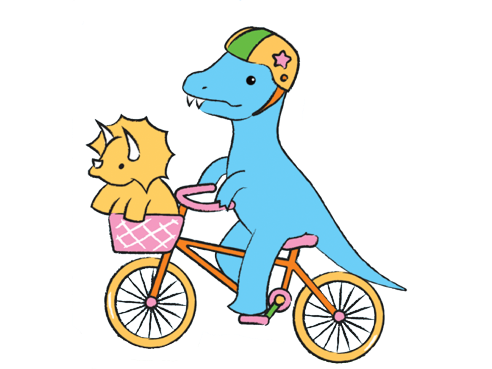What can I find in my garden?
Did you know that your backyard is full of biodiversity? See if you can spot these native animals living in your garden.
All these animals are invertebrates. Invertebrates are animals that don’t have a backbone, like insects, spiders and snails. There’s lots of amazing invertebrates waiting to be found in your backyard!
Keen to find birds, mammals and reptiles as well? Even in Melbourne, there’s lots of wildlife you can find in your local park that may also visit your garden!
Watch this video and learn how you can record your wildlife observations.
1. Garden Orb-weaving Spiders
Have you ever walked into a big, circular spiderweb?
These circular webs are called ‘orb webs,’ and are made by orb-weaving spiders. There are lots of orb-weaver species, including the Garden Orb-weaving Spider.
Garden Orb-weaving Spiders make a new web at dusk each evening. The strong webs are excellent at catching flying insects for the hungry spider.
In their daily quest for food, spiders catch flying insects and so are fantastic at keeping pest insects out of our home and doing all sorts of good for us humans.
2. St. Andrew’s Cross Spider
From a distance, this spider looks like it has only four legs.
The St. Andrew’s Cross Spider likes to sit upside down, with two pairs of legs on each arm of its web’s ‘cross,’ creating this four-legged appearance.
The St. Andrew’s Cross Spider is also an orb-weaver, and often makes its web in shrubs.
The distinctive silken cross may be for added extra strength to the web, for camouflage, or even for attracting prey by reflecting ultraviolet light from the sun —this ultraviolet light is attractive to insects.
At about 20 mm long, the female (pictured above) is much larger than the 4 mm long male. She has yellow and brown stripes, while the male is a mottled cream and brown.
3. Common Brown Butterfly
If you spot a brown, patterned butterfly flitting around your flowerbed, it’s might be a Common Brown Butterfly.
Male Common Brown Butterflies start to emerge in the middle of spring, while females will start to appear in mid-summer.
These butterflies feed on nectar from the plants in your garden, and the females lay their eggs on native and introduced grasses for the caterpillars to munch on.
Below is a male and a female Common Brown Butterfly. Can you spot the difference?
4. Blue-banded Bee
You have probably seen the European Honey Bee buzzing around your garden. But did you know that there are over 2000 species of native Australian bees?
This one is a Blue-banded Bee. Unlike the European Honeybee, the Blue-Banded Bee doesn’t form a hive. Instead, the female creates her own burrow in sandstone or clay. Here, she lays her eggs and leaves a mixture of pollen and nectar for her babies to feed on.
Why not encourage native bees in your garden by making your very own bee hotel? You can also plant flowering plants to attract even more native bee species to your backyard.
If you see a Blue-banded Bee, watch what happens when it lands on a flower. Is the bee buzzing? By vibrating its head, the Blue-banded bee causes pollen to fly out of flowers using ‘buzz pollination.’
Want to make your own Blue-banded Bee model? We have instructions on this video.
5. Christmas Beetles
The shiny Christmas beetles are iconic Australian animals.
Christmas beetles emerge around Christmas time. There are 36 species and they come in different colours like brown, gold and green.
Many Christmas beetles seem to change colour as light hits them from different directions—this is called iridescence.
You might also find their larvae in the soil. The larvae are chunky white grubs that eat plant roots, while the adults generally eat eucalyptus leaves.
6. Bogong Moths
Bogong Moths travel very long distances.
In the cold months, the larvae spend winter eagerly feeding in Queensland, New South Wales and Victoria. Their caterpillars are called ‘cutworms’ because they can chew through plant stems.
At the start of spring, the Bogong Moths emerge as adults and migrate all the way to the mountains of the alpine regions—that’s where snow falls in winter!
They might make a few stops along the way, including in your backyard. Flowering plants in your garden will help feed them during their stopover!
When the moths arrive in the alpine regions in summer, they become an important food source for animals like the Mountain Pygmy Possum.
Bogong Moths may use lights—like the stars and moon—to navigate. This means that lots of outdoor lighting might confuse them on their journey.
To help the Bogong Moths in their migration, you can turn off outside lights where possible.
7. Earthworms
Get your hands dirty and find some earthworms!
There are different species of earthworms in your garden, although many are not native to Australia.
Earthworms tunnel through the soil, munching on dead plant bits and leaving nutrient-rich poop behind them. As they burrow, earthworms mix the soil, spreading all the good nutrients for the other creatures living below the ground.
The tunnels create spaces for air and water to move. Life in the soil needs air and water just like us! Earthworms are also an important food source for other animals, like birds.
Earthworms also breathe through their skin, but they can only do it if their skin is damp. If they dry out, they can’t breathe.
So if it’s a hot, dry day, you probably won’t see earthworms!
After it rains, earthworms often rise to the surface. This may be because they can move quickly over the damp soil to find a mate or new territory, compared to burrowing underground.
8. Black Field Crickets
Even if you haven’t seen it, you’ve probably heard the Black Field Cricket.
At dusk, male Black Field Crickets sing with a high-pitched chirping sound. These nocturnal crickets sing in all seasons except winter, and are the most commonly heard cricket around Melbourne.
If you do go looking for Black Field Crickets, you might find them in cracks in the soil or under debris.
9. Steel-blue Sawfly
It looks like a caterpillar. It moves like a caterpillar. It’s not a caterpillar.
Commonly known as spitfires, these are actually the larvae of the Steel-blue Sawfly, a type of wasp relative. Other sawfly larvae are also often called spitfires.
You’ll often find sawfly larvae in groups, feeding on native trees and shrubs like eucalypts.
Spitfires don’t actually spit fire, but they do dribble an irritating liquid from their mouths if bothered.
10. Plague Soldier Beetles
From late spring through summer, you might see sudden swarms of small, black and orange beetles.
These are Plague Soldier Beetles. They don’t actually bring a plague—they gather in large groups to mate.
Plague Soldier Beetles are harmless, eating pollen and nectar. However, the bright orange colour warns predators that Plague Soldier Beetles aren’t very tasty!
Have you seen a mating swarm before? We captured this video of a Plague Soldier Beetle swarm outside Melbourne Museum.
11. Cicadas
Did you know that cicadas are the loudest insects in the world? Every species has its own call.
Australia has over 350 named species of cicada, but there could be as many as 1000! The loud noise they make comes from the quick movement of their eardrum membrane!
The cicada pictured is commonly called the Green Grocer Cicada. However, they can come in lots of different colours with lots of different names, including Yellow Monday, Chocolate Soldier and Blue Moon. Which colour is your favourite?
This cicada lays her eggs inside the bark of twigs. The baby cicadas are called nymphs, and they burrow into the ground and suck sap from the roots of trees. They do this for 7 years!
When it is time to become an adult, the nymph crawls up a tree or other vertical surface. Here, it sheds its final skin to live as an adult for just 6 weeks. Have you ever found the shed skin of a cicada?
If you’re extra curious, we made a video all about cicadas for you to enjoy.
12. Soil
Is the soil alive?
Healthy soil is jam-packed with life—nearly two-thirds of the planet’s species live in it. In a single teaspoon there are millions more organisms than there are people in Australia!
There can be a billion bacteria, 50 worms called nematodes, and other animals like mites and springtails.
Fungi also grow in thread-like structures called hyphae, and there can be metres and metres of these tiny hyphae in just a teaspoon of soil.
This diverse community of tiny soil-dwellers breaks down plant matter, move nutrients and give the soil structure. Without living things, soil is just dirt.
Have a close look at the soil in your garden—what can you see?
Introduced backyard invertebrates
Lots of backyard animals aren’t native to Australia. They were introduced by humans, and have since become common in our gardens. Here are a few—have you seen them before?
Common Garden Snails
It’s common to see Common Garden Snails ambling through the garden after rain.
Europeans first introduced Common Garden Snails to Tasmania to feed introduced birds, such as the European Thrush and Common Blackbird. Now, they’re common in gardens across the mainland.
Garden Snails eat plants, including fruit trees, vegetable crops and garden flowers. Many gardeners aren’t very happy to find them in their flowerbeds!
European Honey Bees
Do you like eating honey?
The honey we eat is made by the European Honey Bee, which you’ll often see buzzing in your garden.
Unlike many of the solitary Australian bees, European Honey Bees make hives, working together to care for their queen. Around 11 of the 2000 native Australian bee species also form hives!
European Honey Bees are the only stinging insect that leaves its sting behind in the skin.
Pillbugs
Look under plant pots, and you might find pillbugs hiding in damp, dark spaces. Disturb one, and it will roll up into a tight little ball.
There are many Australian species, but the pillbugs in your garden are most likely introduced from Europe.
Did you know that pillbugs are crustaceans? Crustaceans are a group of animals that include crabs, shrimp and lobsters—that’s right, a pillbug is more closely related to a shrimp than an insect.
European Wasps
If you’ve ever enjoyed a summertime snack in the garden, you may have encountered a European Wasp hovering around your meal.
Unlike European Honey Bees, European Wasps weren’t introduced on purpose. A queen wasp may have been hibernating on a ship as it travelled to Australia.
European Wasps can be more aggressive than bees, and can sting more than once—best not to disturb them.
If you’ve ever enjoyed a summertime snack in the garden, you may have encountered a European Wasp hovering around your meal.
Unlike European Honey Bees, European Wasps weren’t introduced on purpose. A queen wasp may have been hibernating on a ship as it travelled to Australia.
European Wasps can be more aggressive than bees, and can sting more than once—best not to disturb them.
Black Portuguese Millipedes
Australia has thousands of species native millipedes that keep the soil healthy by eating dead plant litter. However, you may encounter the Black Portuguese Millipede, which is a pest.
Black Portuguese Millipedes build up in huge numbers and are attracted to lights. This means they can invade homes, buildings and even train tracks.
These millipedes can form such large groups on the train tracks they have stopped trains between Melbourne and Ballarat.
The Black Portuguese Millipede is not dangerous, although it may release a smelly liquid if it is disturbed.
Got a question about something you found in your garden? Ask Us!
The soil ecosystem is one of our planet’s thriving living systems. Experience other incredible connections that unite all life on Earth and visit the Our Wondrous Planet exhibition at Melbourne Museum.
